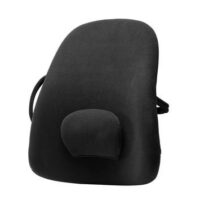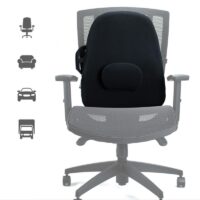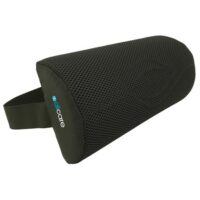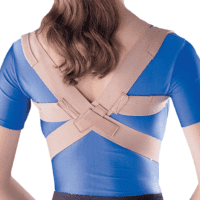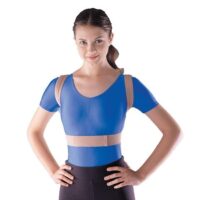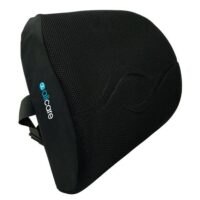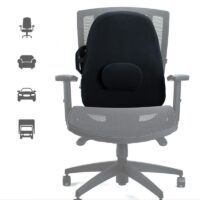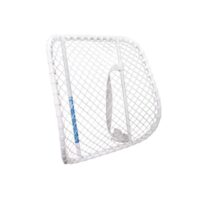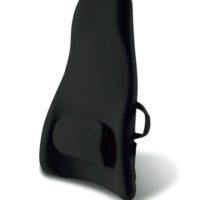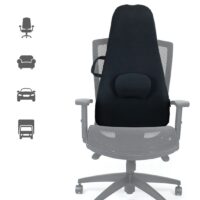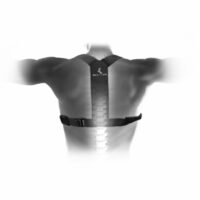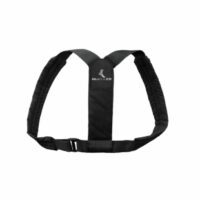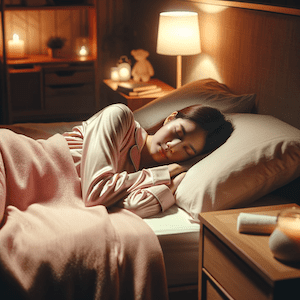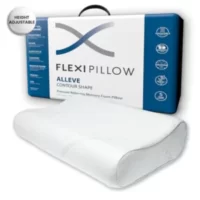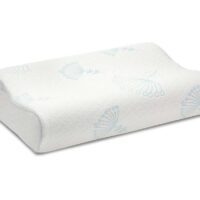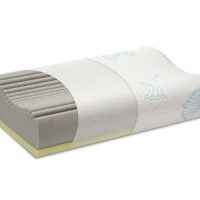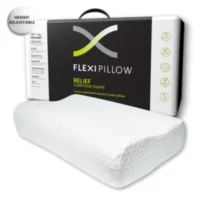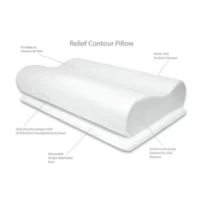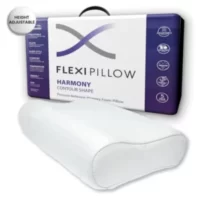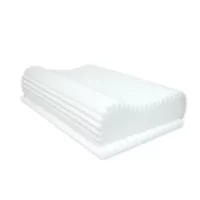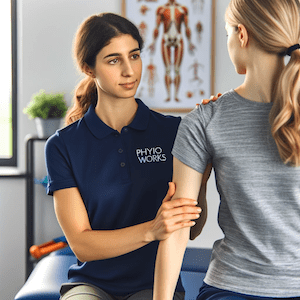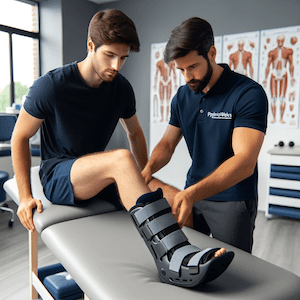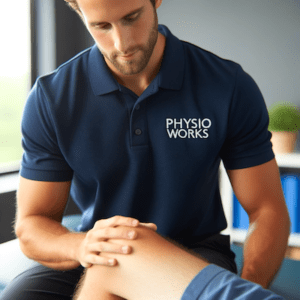Article by John Miller
What is the Best Standing Posture?
Maintaining excellent posture is a successful habit that proud and confident individuals embrace. It benefits your muscles, joints, bones, blood circulation, and self-esteem. Having a great standing posture not only looks and feels fantastic but also promotes overall health.
Supporting muscles and ligaments experience minimal strain when you maintain good posture. Your posture refers to how you hold your body in space, directly reflecting your everyday postural habits. You have the choice to adopt excellent or poor posture. When standing or sitting, the constant compressive weight of gravity acts as your worst enemy, affecting your spinal, back, or neck posture.
Improving your postural habits is relatively easy, but it requires consistent practice. Researchers suggest it takes approximately 10,000 attempts to learn a new pattern, whether a good or bad habit. So start your journey towards a new and improved version of yourself today with a proud and perfect posture.
Please refer to the FAQs below if you have any questions about posture improvement products.


Posture Improvement Products & FAQs
What is Your Best Posture?
Your best posture emerges with each new position you assume! In the era of hunters and gatherers, humans instinctively transitioned between postures to prevent muscle fatigue and excessive strain on tissues. However, in today's specialised occupations and fixed postures, we often remain static for extended periods, resulting in postural fatigue and eventual posture failure.
Benefits of Good Posture
Good posture:
- Prevents postural muscle fatigue.
- Correctly aligns your joints and bones while promoting efficient muscle activity.
- Helps minimise joint stress.
- Avoids overloading passive ligaments.
- Prevents back aches, neck aches, and muscular pain.
- Contributes to enhanced self-esteem!
Your ideal standing posture should be comfortable, easily achievable, and maintainable. Your best posture should feel natural and require minimal energy. Adopting better postural habits may initially result in some muscular aches and pains during the transitional phase of changing your posture habits. During this period, you may experience temporary joint or muscle discomfort as your joints realign, ligaments stretch, and postural muscles engage. The good news is that your body will quickly adapt and feel more comfortable and robust in your new, improved posture if you consistently maintain good posture.
The upside is that not only will you be less likely to experience pain, but you will also exude confidence and feel fantastic!
How to Improve Your Standing Posture:
To improve your standing posture, follow these steps:
- Stand tall whenever you think about it. The muscles used to stand taller are the ones that contribute to better posture.
- Consider having a tall neck, like a ballerina or a model, while keeping your chin tucked in. Avoid tilting your head forward, backward, or sideways.
- Ensure that your earlobes align with the middle of your shoulders.
- Keep your shoulders pulled back, your knees straight, and your back upright.
- Allow your arms to hang down the sides of your body naturally.
- Gently engage your core stomach muscles. Avoid tilting your pelvis forward.
- Avoid locking your knees.
- Make sure your foot arches are in a neutral position, not flat.
- Stand with your weight evenly distributed over the centre of your feet.
- Position your feet slightly apart, about shoulder-width.
- If standing for an extended period, shift your weight from one foot to the other. Alternatively, you can adopt a walk-stand and rock from your front to your back foot.
How to Quickly Check Your Standing Posture
To quickly check your standing posture, follow these steps:
- Stand against a wall, ensuring your shoulders and bottom touch the wall.
- Lightly touch the back of your head to the wall. Suppose you experience pain or strain while doing this. In that case, it may indicate restrictions in certain spinal joints, tight ligaments, or muscle tightness.
- For a thorough assessment and improvement of these issues, consult a physiotherapist.
- A physiotherapist can quickly assess problems and provide specific advice tailored to your posture.
- They may recommend joint mobilisations, stretches, massages, and strengthening exercises to address these concerns.
- Seek guidance from your physiotherapist for personalised advice and strategies to improve your posture.
Posture Fatigue?
Are you having trouble maintaining your normal upright posture? You are likely experiencing a decrease in muscle endurance or strength. You can quickly improve postural muscle fatigue by engaging in repetitive contractions and taking regular posture breaks. These habits will strengthen and enhance your endurance in the postural muscles.
Seeking guidance from a physiotherapist will ensure you receive tailored advice and assistance to achieve the best posture for your needs. A professional physiotherapist can prescribe the most suitable postural exercises based on your current stage. They may also consider temporary recommendations such as a posture brace or applying posture taping to aid you in transitioning to and maintaining the optimal posture.
Rochedale - Call 38410277
Book Online: RochedaleSalisbury - Call 32751044
Book Online: SalisburySandgate - Call 32691122
Book Online: SandgateMore Posture Info
- How Can You Correct Your Posture Fast?
- What is Good Posture? Why is it Important?
- What is the Correct Posture to Sit?
- What is the Correct Posture for Standing?
- How to Improve Your Standing Posture
- What are the Healthiest Sleeping Postures?
- What Products Help Posture?
- How to Correct Years of Bad Posture?
- How Can Posture Trainers Work?
- Posture Improvement Products & FAQs



